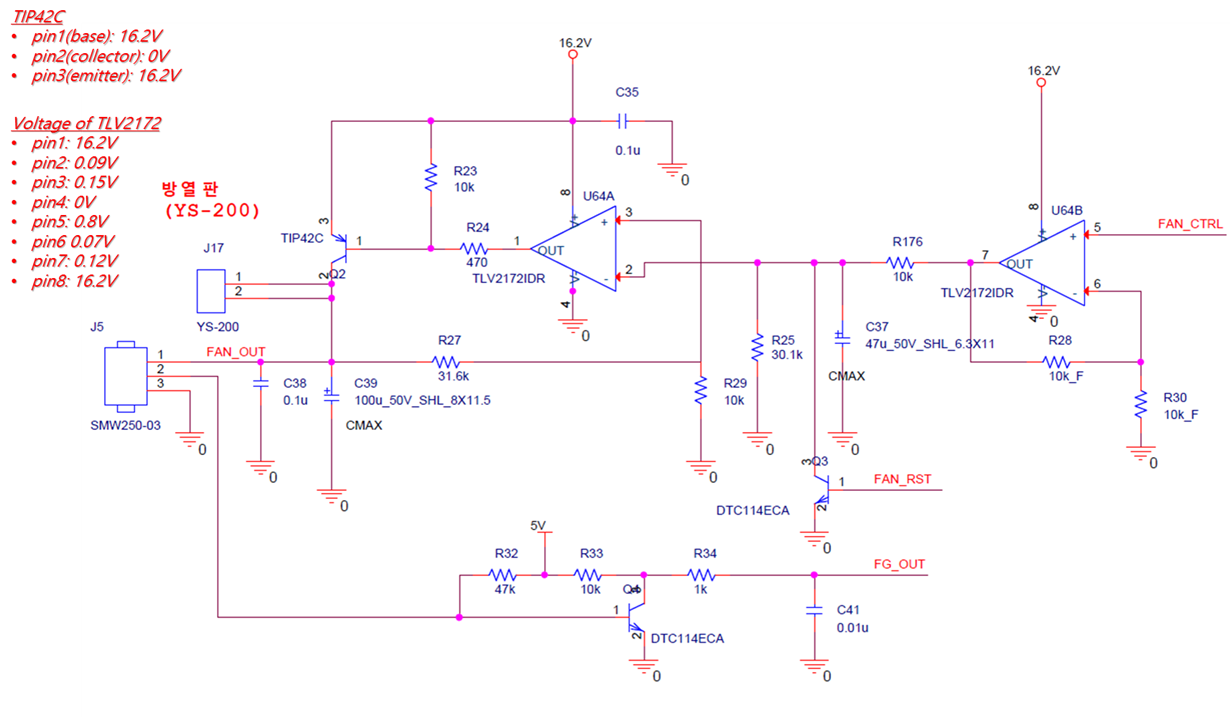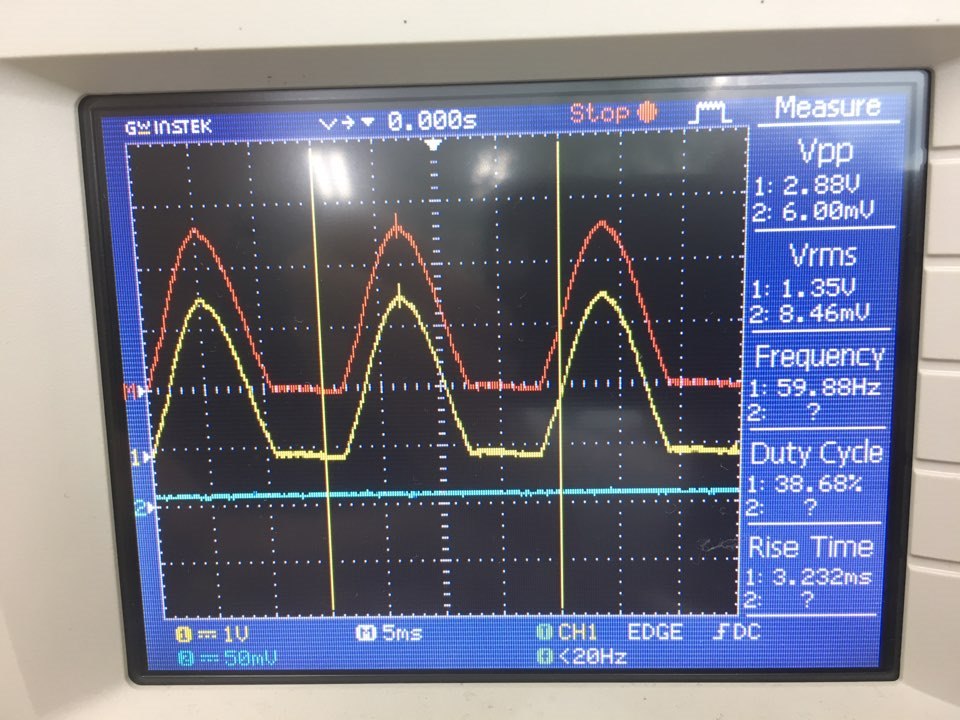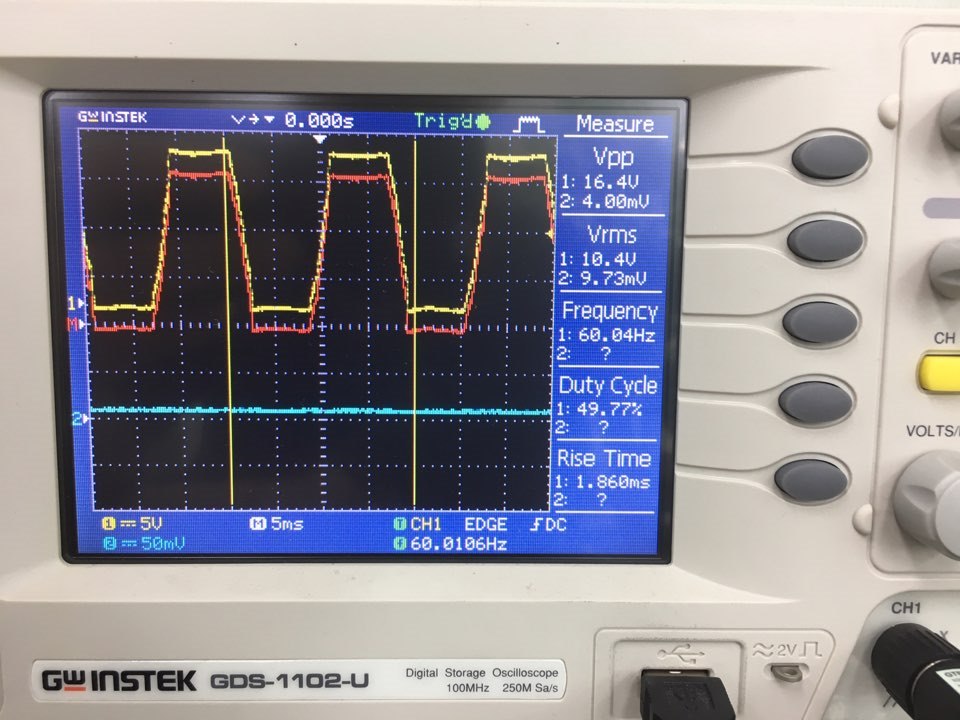Hi All.
I've made DC-fan control circuit with TLV2172, and faced with very extraordinary situation which hidden short path exist in the circuit. It seems to me that the root cause is PCB pattern, but I don't have any nice idea how I can debug it. Could you check my explanation about the failure, and let me know if you have any good idea to solve this problem?
A sequence to the failure is as following:
- At first, as no DC-fan is connected, the voltages shown in TLV2172 and TIP42C are described in the diagram as attached. It really doesn't make sense.
- Second, as DC-fan is connected, surprisingly short path occurs and the supply voltage of 16.2V to the emiiter is disappeared, however I really don't have any idea where this short path exist.
- Third, as DC-fan is connected, I limited the current from DC power supply to 300mA, and started to increase supply voltage to emitter from 0V to 16.2V. As the supply voltage surpass 1V, the short circuit occurs and current start to increase.
For your reference,
- Thevenin resistance of DC-Fan is 300 ohm.
- I've checked the TLV2172 separately (off the board), it works well. It works as correct amplifier.
- I've also checked the TIP42C separately (off the board), it works as well like correct PNP transistor.




